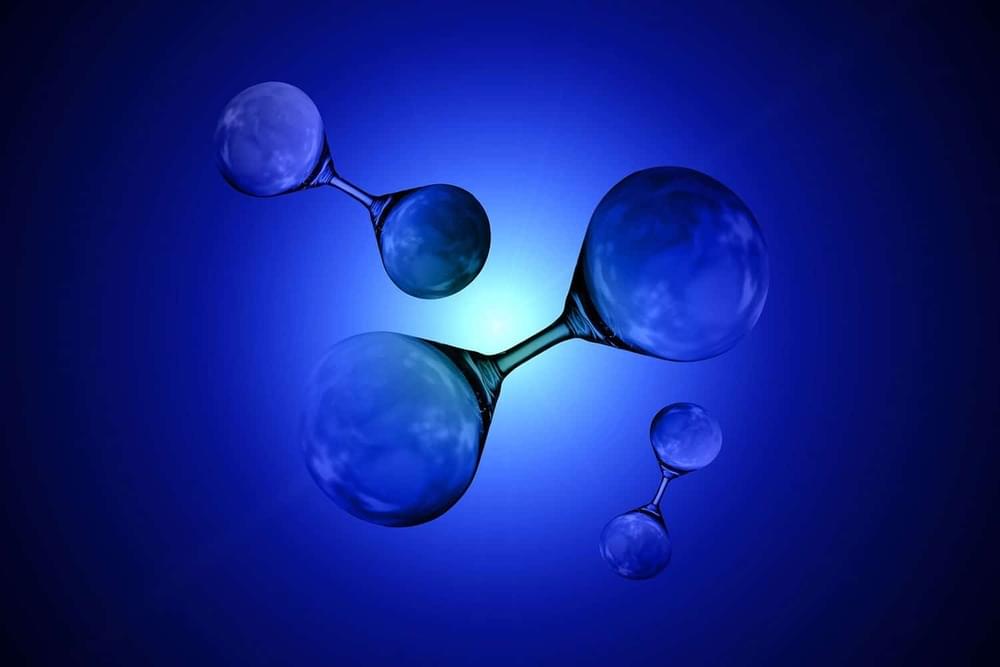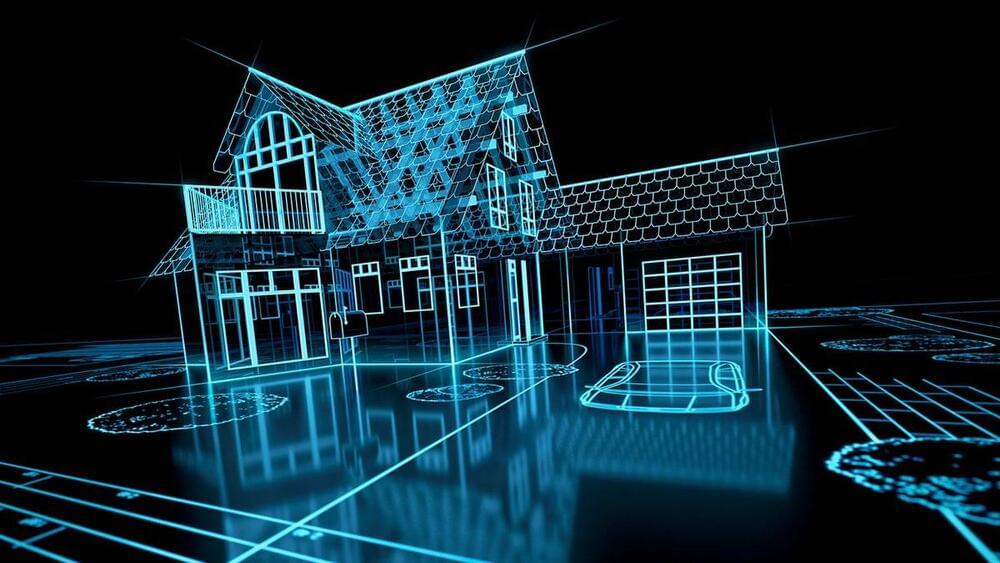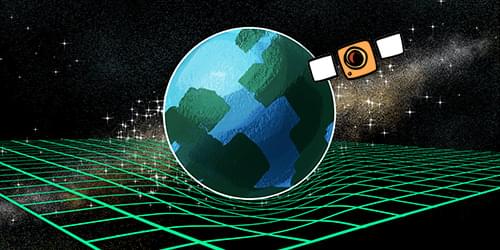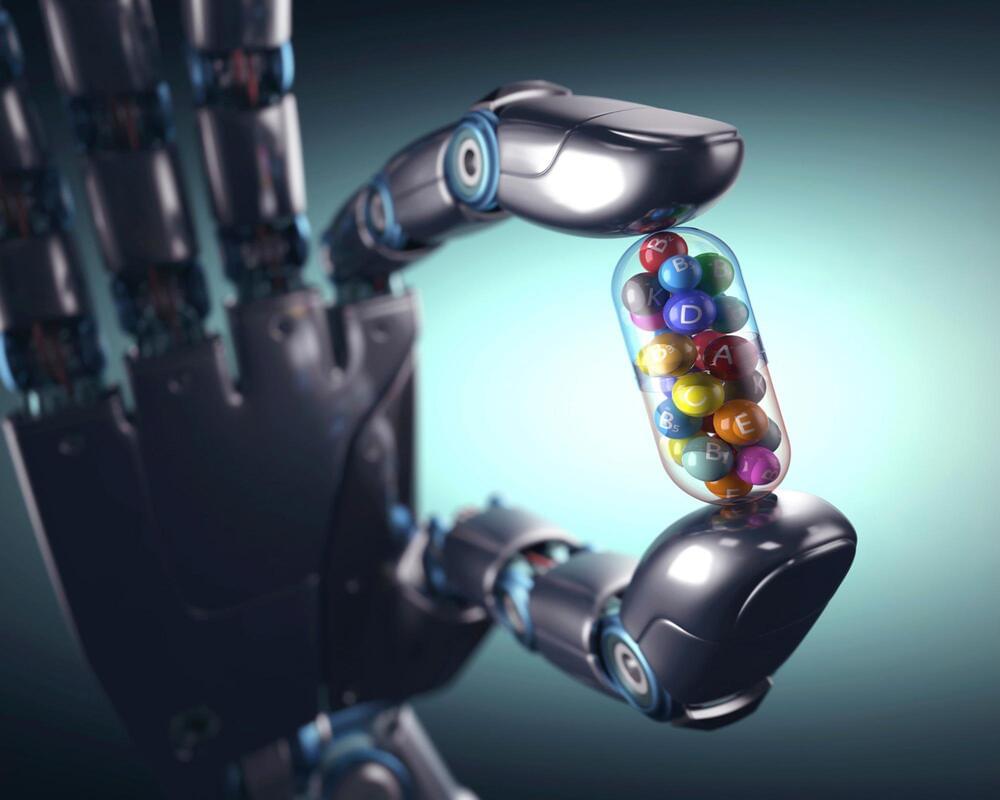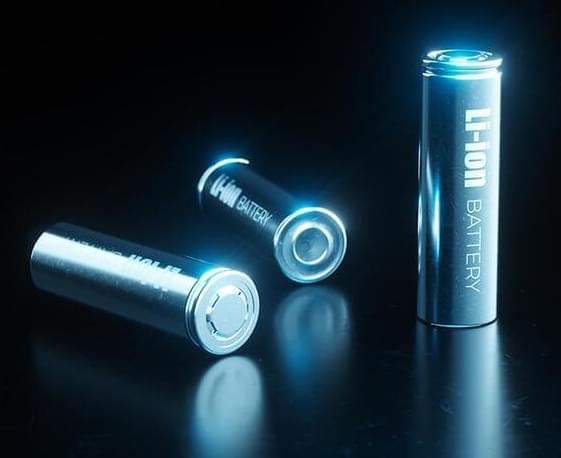Those with phobias of needles can now get tattoos without having to worry.
Scientists have developed a way to get a permanent tattoo without going under the needle and suffering through hours of pain.
The new technology is in the form of a skin patch that has microneedles smaller than grains of sand. While it still has “needle” in the name, these microscopic needles are of no comparison to the ordinary needles one would have to endure and the impact is painless and bloodless.

